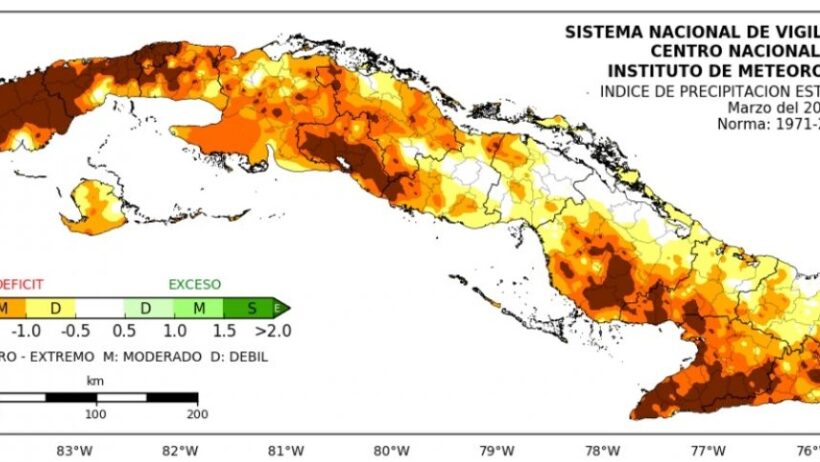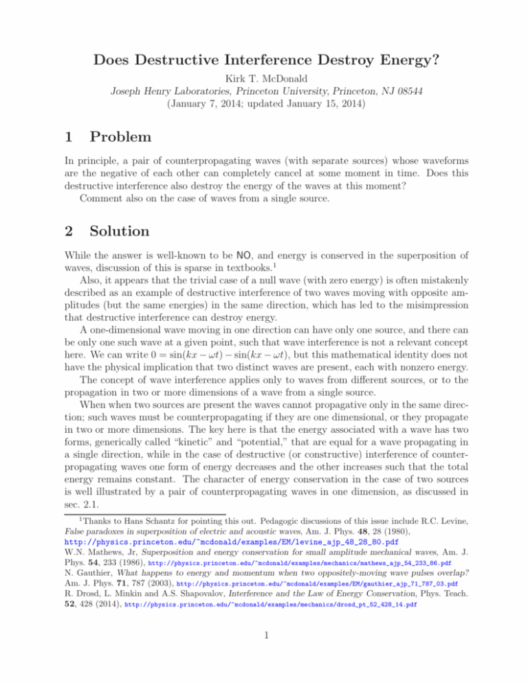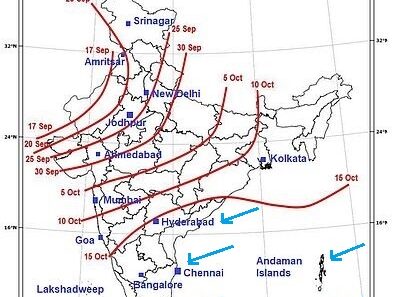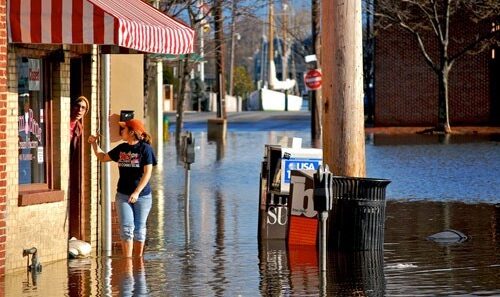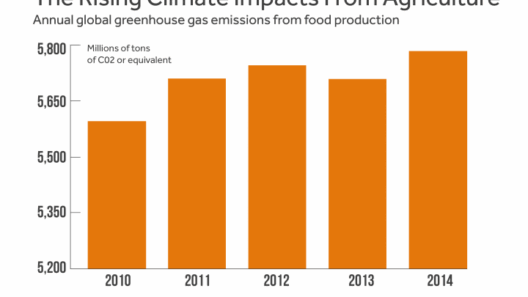Cuba, a jewel in the Caribbean, presents a fascinating intersection of nature’s whims and human existence. The interplay of extreme temperatures and the cooling embrace of the surrounding ocean creates a compelling narrative about climate and its multifaceted effects on society and the environment. This intricate relationship deserves our attention and warrants a deeper examination.
The island nation is often noted for its tropical climate, characterized by a distinctly warm environment, which can be deceptively simple at first glance. Average annual temperatures hover around a balmy 25°C (77°F), making it a perennial favorite for sun-seeking tourists. However, this seemingly idyllic weather is punctuated by extreme heat events that challenge the resilience of both the inhabitants and the ecosystems. In recent years, Cuba has recorded temperatures surpassing historical averages, prompting alarm among climate scientists and activists alike.
At the root of this phenomenon lies a combination of geographic, meteorological, and anthropogenic factors. The geographical positioning of Cuba—situated between the Atlantic Ocean and the Caribbean Sea—endows it with a unique vulnerability to climate fluctuations. Ocean currents and wind patterns dictate not only the daily weather but also the seasonal extremes experienced on the island. The heat from the Caribbean often collides with cooler, prevailing winds, creating humid conditions that foster unpredictability.
Furthermore, the Cuban landscape is an intricate mosaic of diverse ecosystems, from its lush forests to expansive coastal marshlands. Each of these habitats responds differently to climatic shifts. For instance, the coral reefs surrounding the island are facing unprecedented stress due to rising ocean temperatures and acidification. Such stark realities are indicative of a broader trend within the region, exacerbated by global climate change and various anthropogenic influences. The plight of coral reefs is but one cog in a larger wheel of ecological distress that includes mangrove degradation, loss of biodiversity, and increasing water scarcity.
Another crucial factor to consider is the socio-economic context of Cuba. The country’s unique political and economic system shapes its approach to environmental stewardship and resource management. The impact of extreme weather on agriculture, for instance, is profound. As agricultural production relies heavily on stable weather patterns, unexpected heatwaves or prolonged dry spells can lead to crop failures, food insecurity, and economic instability. In a landscape where agriculture forms the backbone of rural communities, this is not merely an environmental issue; it becomes a matter of survival.
The historical context of Cuba’s environmental policies provides further insight into its current climate challenges. Years of economic embargoes and political isolation have complicated the country’s ability to invest in modern, sustainable agricultural practices. Cuba has often turned to organic methods and permaculture as a solution, fostering resilience in its farming systems. Yet, the challenge remains: Can these methods withstand the increasingly erratic weather patterns? As researchers have noted, adaptation in agriculture must go hand-in-hand with broader efforts to mitigate the impacts of climate change.
Cuban society encapsulates a spirit of resilience amidst these challenges. Community-led initiatives flourishing in the context of climate adaptation and sustainable practices can serve as both a challenge and a beacon of hope. Local farmers are uniting to share knowledge and resources, enhancing their capacity to respond to environmental changes. Such grassroots movements illustrate an understanding that social equity and environmental sustainability are interwoven. As theoretical frameworks suggest, it is precisely this intersection of community resilience and ecological balance that will define Cuba’s response to ongoing climate crises.
Moreover, tourism remains one of Cuba’s principal economic drivers, and it, too, is intricately linked to the island’s climate. The allure of its beaches and landscapes can be overshadowed by growing concerns over climate impacts, such as hurricanes and rising sea levels. Climate change poses existential threats to the very fabric of Cuba’s natural beauty that attracts visitors from around the world. Therein lies a profound irony—a system built on natural capital now contends with the degradation of that very capital due to the climatic shifts instigated by human actions on a global scale.
In addressing the complexities of climate in Cuba, it is imperative to consider the interplay between local actions and global outcomes. The Caribbean, as a whole, serves as a microcosm of climate challenges—where small island nations grapple with the gargantuan realities of climate change fueled by industrial activities in larger, powerful nations. The historical inequities borne from colonialism and contemporary globalization create a pressing moral imperative. Global climate justice must recognize the disproportionately severe effects that climate change bears on vulnerable populations like those in Cuba.
As we survey the climate landscape of Cuba, we are compelled to acknowledge the interconnectedness of environmental health, economic viability, and social equity. This trifecta represents not only a pressing challenge but also an opportunity for innovation and renewal. The optimism springs from Cuba’s heritage of resilience and adaptability, yet it equally relies on external support and solidarity from the global community. In fostering dialogues and collaborative efforts that transcend borders, we can begin to address the climate crisis holistically. Only then can we truly grasp the full implications of “Caribbean Heat Meets Ocean Breeze” and forge a sustainable path towards the future.



